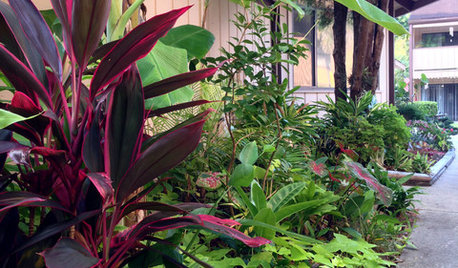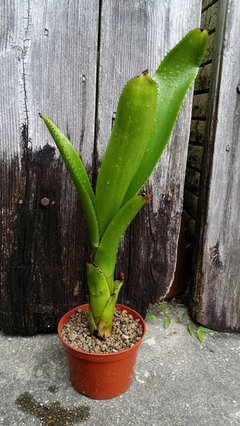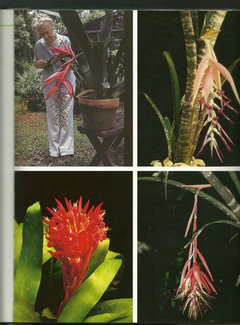Billbergia magnifica picture?
tomas
17 years ago
Featured Answer
Sort by:Oldest
Comments (25)
LisaCLV
17 years agoUser
17 years agoRelated Professionals
Otsego Landscape Architects & Landscape Designers · Parole Landscape Architects & Landscape Designers · Gainesville Landscape Contractors · Middletown Landscape Contractors · Allentown Landscape Contractors · Cockeysville Landscape Contractors · Little Ferry Landscape Contractors · Newberg Landscape Contractors · Chicago Ridge Landscape Contractors · Columbia Fence Contractors · Northbrook Fence Contractors · South San Francisco Fence Contractors · Verona Fence Contractors · Teaneck Fence Contractors · Orange County Siding & Exteriorstomas
17 years agorpwalton
9 years agorpwalton
9 years agosplinter1804
9 years agorpwalton
9 years agorpwalton
9 years agonaoh123
9 years agosplinter1804
9 years agosplinter1804
9 years agoUser
9 years agohotdiggetydam
9 years agorpwalton
9 years agorpwalton
9 years agorpwalton
9 years agorpwalton
9 years agosplinter1804
9 years agorpwalton
9 years agonaoh123
9 years agoUser
9 years agorpwalton
9 years agosplinter1804
9 years agoUser
9 years ago
Related Stories

GARDENING GUIDESA Mom, a Garden and a Gift for the Neighbors
Gardening can be therapeutic in unexpected ways. See how one gardener found peace and purpose in a patch of Florida soil
Full StoryMore Discussions








naoh123